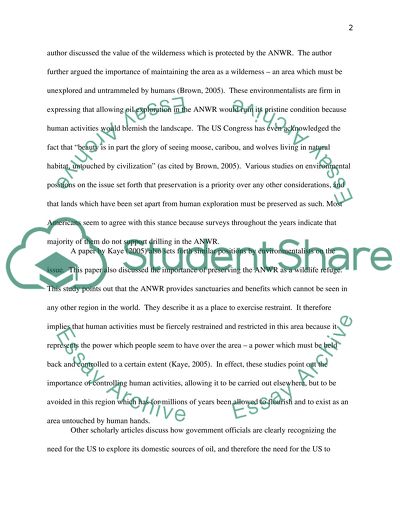Cite this document
(“Should the Arctic National Wildlife Refuge be open to oil drilling Research Paper”, n.d.)
Retrieved de https://studentshare.org/biology/1390337-should-the-arctic-national-wildlife-refuge-be-open
Retrieved de https://studentshare.org/biology/1390337-should-the-arctic-national-wildlife-refuge-be-open
(Should the Arctic National Wildlife Refuge Be Open to Oil Drilling Research Paper)
https://studentshare.org/biology/1390337-should-the-arctic-national-wildlife-refuge-be-open.
https://studentshare.org/biology/1390337-should-the-arctic-national-wildlife-refuge-be-open.
“Should the Arctic National Wildlife Refuge Be Open to Oil Drilling Research Paper”, n.d. https://studentshare.org/biology/1390337-should-the-arctic-national-wildlife-refuge-be-open.


